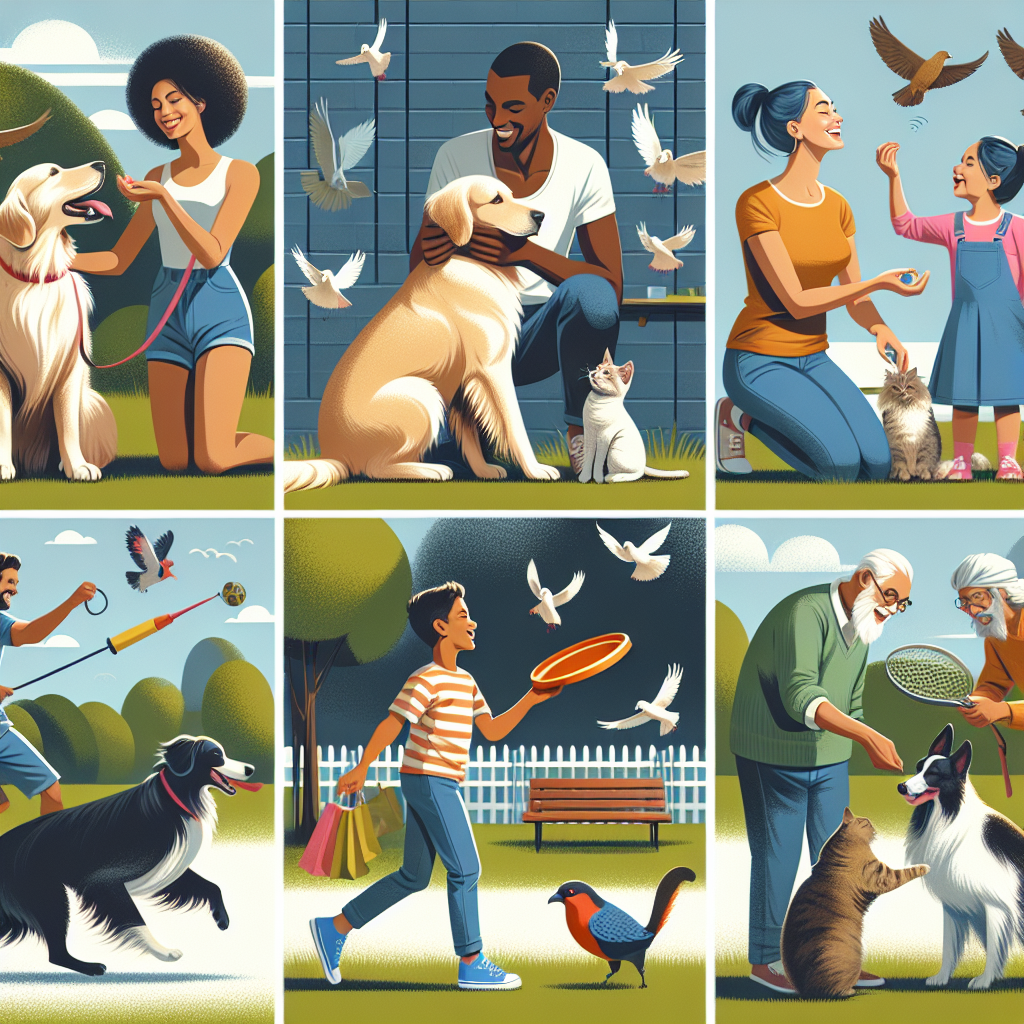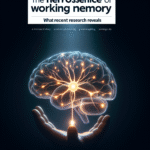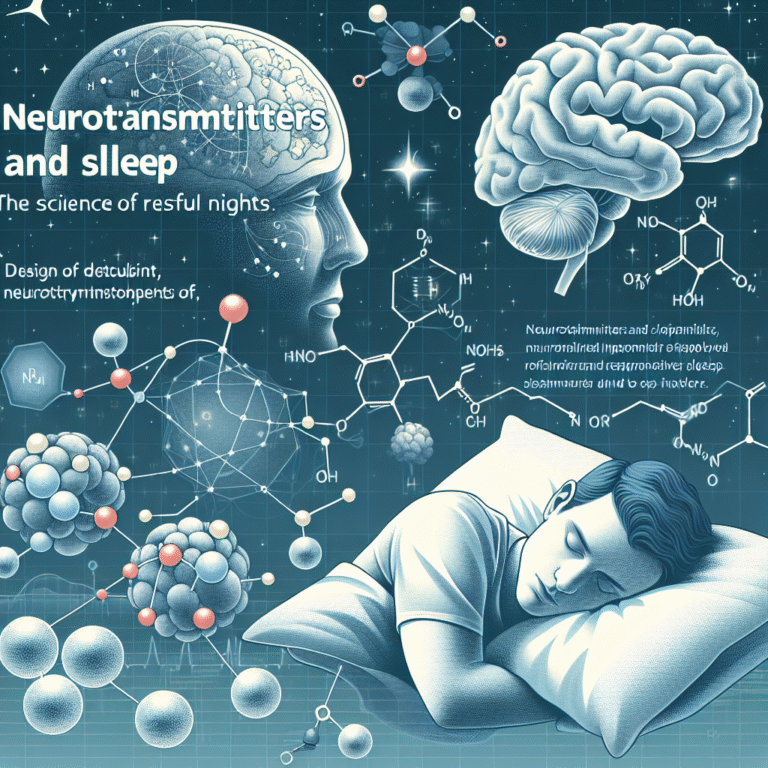
Introduction
Imagine this: a dog bounding toward you, tail wagging fiercely, eyes sparkling with joy. What has made this animal so exuberant? The answer often lies in positive reinforcement—treats, praises, or simply affection. Now, consider the parallels in human relationships. The warmth of a compliment, the impact of a kind word, or the strength found in encouragement can foster deeper connections between individuals. In this article, we will explore From Pets to People: How Positive Reinforcement Shapes Relationships, revealing how this concept transcends the animal kingdom and permeates our everyday interactions.
The notion that we can shape behaviors through positive motivation is not merely a pet-training technique but a fundamental pillar that enhances our human bonds. Whether among friends, partners, or colleagues, the principles of positive reinforcement can lead to more fulfilling and meaningful connections.
The Foundations of Positive Reinforcement
What Is Positive Reinforcement?
Positive reinforcement refers to the process of encouraging desired behaviors by offering rewards. Researchers have demonstrated its effectiveness in both animal training and facilitating human relationships. When a behavior is followed by a favorable outcome, like praise or a treat, that behavior is more likely to be repeated.
Historical Context
First studied in the early 20th century, positive reinforcement gained traction through the work of B.F. Skinner, a leading behaviorist. His experiments with animals laid the groundwork for understanding this behavioral model, which later expanded into the realm of human psychology. This evolution makes it imperative to consider From Pets to People: How Positive Reinforcement Shapes Relationships.
Why It Matters
Positive reinforcement creates an environment conducive to learning and emotional growth. When we feel appreciated or rewarded, we’re more inclined to engage and invest in those relationships. This foundational concept not only applies to our pets but also can inspire methods for improving interpersonal dynamics.
Building Bridges: How Positive Reinforcement Translates to Human Relationships
Creating a Feedback Loop
Feedback is vital for any relationship, capable of either building or breaking connections. In learning environments, both for pets and people, rewarding desired behavior fosters growth. Think of a leader who acknowledges an employee’s hard work publicly; this recognition encourages the employee to strive for excellence repeatedly.
Case Study: The Workplace
Consider a case study in a tech startup where a team lead implemented weekly recognition sessions. Staff members who received praise for their contributions reported higher job satisfaction and productivity. The positive feedback loop that emerged contributed to increased collaboration and innovation within the team.
Strengthening Bonds Through Kindness
Positivity not only fosters relationship growth; it can strengthen the emotional bonds between individuals. Random acts of kindness—an unsolicited compliment, for instance—can reverberate in our connections, reinforcing feelings of love and loyalty.
Case Study: The Family Dynamic
In one family, a mother consciously implemented a rule: each family member must share three positive observations about another daily. Over time, the family’s communication improved dramatically, creating a more harmonious home environment. From Pets to People: How Positive Reinforcement Shapes Relationships was evident as the family flourished in the atmosphere of mutual appreciation and respect.
Tackling Conflict with Positive Reinforcement
While conflicts are a natural part of any relationship, how we approach them can transform outcomes. Positive reinforcement can often lead to more constructive discussions, even in the face of disagreement.
Case Study: Conflict Resolution
In a community mediation program, facilitators taught members to acknowledge valid points made by opposing parties during disputes. By focusing on agreement first, participants found it easier to resolve their differences amicably. This approach exemplified how From Pets to People: How Positive Reinforcement Shapes Relationships is crucial even in challenging times.
The Mechanics of Positive Reinforcement
Importance of Timeliness
For positive reinforcement to be effective, the timing of the reward is crucial. In both animal training and human interactions, immediate feedback reinforces the connection between action and reward.
Consistency is Key
Reinforcing positive behaviors should be consistent to be most effective. Regular acknowledgment of efforts ensures individuals feel appreciated and valued, bolstering the likelihood of repeated positive behavior.
Variety keeps it Fresh
Reinforcement doesn’t always have to be the same. Just as a pet may tire of the same treats, people appreciate novel rewards—be it a new opportunity, a surprise outing, or even just a heartfelt note of appreciation.
Visualizing Positive Reinforcement
Table 1: Comparison of Reinforcement Strategies
| Type of Reinforcement | Description | Examples | Effect |
|---|---|---|---|
| Positive | Involves adding favorable stimuli | Compliments, rewards, treats | Increases likelihood |
| Negative | Involves removal of unfavorable stimuli | Relieving stress or burdens | Increases likelihood |
| Punishment | Introduces unfavorable stimuli | Criticism, penalties | Decreases likelihood |
| Extinction | Withdrawal of positive reinforcement | Ignoring unwanted behaviors | Decreases frequency |
Analyzing the Data
This table illustrates that while both positive and negative reinforcement can shape behavior, positive reinforcement has a far more sustainable impact on relationships. The takeaway? Lean into positivity, whether with pets or people.
Real-World Applications and Benefits
Developing Emotional Intelligence
Positive reinforcement can promote higher emotional intelligence in both individuals and groups. People who are consistently appreciated learn to express their gratitude, facilitating a cycle of kindness and empathy.
Fostering Teamwork
Within workplaces, schools, or social groups, emphasizing praise and recognition can enhance team dynamics. When objectives are viewed through a positive lens, collaboration thrives, leading to enhanced innovation.
Strengthening Community Ties
Positive reinforcement can extend beyond personal relationships to community interactions. Recognition programs can effectively forge stronger community ties, as individuals feel more connected and valued.
The Broader Implications of Relationships
Mental Health Benefits
A strong network of relationships built on positive reinforcement can serve as a protective factor against mental health challenges. Research indicates that appreciation and kindness can lead to lower levels of stress and anxiety.
Societal Impact
When communities pivot toward a foundation of positivity, the ripple effects can be transformative. From grassroots movements to large institutions, From Pets to People: How Positive Reinforcement Shapes Relationships can lead to a more compassionate society.
Conclusion
The journey from pets to people illustrates the profound impact positive reinforcement has on relationships. By nurturing an environment based on acknowledgment, appreciation, and kindness, we can cultivate deeper connections with our loved ones and within our communities.
As this article discussed, integrating the principles of positive reinforcement can yield incredible benefits, not just for ourselves but for everyone around us. Embrace the power of positivity, and watch your relationships flourish.
FAQs
1. How can I implement positive reinforcement in my daily life?
Start with small gestures. Compliment a friend, acknowledge a colleague’s hard work, or spend quality time with your pet. Creating a habit of positivity can lead to meaningful changes over time.
2. Can positive reinforcement work in conflict situations?
Absolutely! Focusing on common ground and acknowledging valid perspectives can help resolve conflicts constructively.
3. What if I feel my efforts aren’t being reciprocated?
Building relationships takes time and patience. Continue to practice positive reinforcement, as it may encourage others to adopt the same approach eventually.
4. How does positive reinforcement affect children’s behavior?
Children thrive on appreciation and encouragement. Consistent positive reinforcement can help foster a self-assured individual who is more willing to take on challenges.
5. Can positive reinforcement be detrimental in any way?
In some cases, excessive positive reinforcement can lead to entitlement or dependency. It is essential to balance encouragement with realism to avoid these pitfalls.
The exploration of From Pets to People: How Positive Reinforcement Shapes Relationships reveals that kindness is a universal language that transcends species and situations, promoting thriving communities rooted in compassion.
















